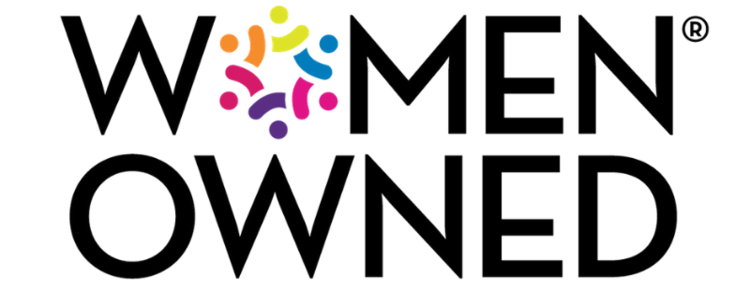If you’ve ever come across a document with a solid page of text – not even paragraph breaks – you know how intimidating and difficult such content can be to read. If nothing else, chunking the text into paragraphs makes it easier for the eye to move over the page and for the brain to process the content. That happens by introducing “white space” between paragraphs.
White space doesn’t have to be white; it just has to be empty. It’s the space between visual elements on the page, including words. Even the minuscule space between individual lines of text is just “micro” white space. And using this empty space effectively is critical to producing readable, memorable, and effective documents.
Beyond breaking text into paragraphs, writers can use white space to make their work even easier to read. For example, narrowing the width of each line of text, by introducing more white space at the margins, makes it easier for the eye to scan each line. For example, instead of one-inch margins on a normal printed page, increase to two. As Butterick’s Practical Typography says, “Professional typographers never use 8.5″ × 11″ paper with a 6.5″ line length. Neither should you.”
Why does it matter?
In short, white space reduces visual clutter and makes content easier to read. That, in turn, makes written works more effective.
- Comprehension. Why would Butterick’s recommend larger margins? It’s because studies have shown that increased white space at the margins improves reading comprehension by around 20%.
- Memorability. The human brain can hold only 5 to 9 bits of information at one time. If presented with too much information, the brain has no capacity to remember the excess. Good use of white space ensures the document never presents readers with more information than they can handle.
- Satisfaction. Interestingly, one study found that white space had less to do with comprehension than it did with reading satisfaction. Certainly, most readers prefer documents that are easy on the eyes.
All of this can have real-world implications for businesses. Proposify, an online platform for creating business proposals, surveyed its users, and found that the average proposal now includes two fewer sections but 57% more content and longer page counts than previous years. That’s because business users now tend to incorporate more visuals and more white space. Eye-friendly proposals make more sales.
When creating business content – anything from reports and papers to simple emails – appropriate use of white space can make the content more readable, more enjoyable, and ultimately more impactful. For more information on the way in which non-text elements affect readability and comprehension, check out our course on Building Better Visuals.
About Hurley Write, Inc.
Hurley Write, Inc., a certified women-owned small business (WBENC and WOSB), Historically Underutilized (HUB), and Disadvantaged Business Enterprise (DBE), has been designing and teaching customized onsite and online technical, business, and scientific writing courses for over 30 years. We also develop and teach specialty courses, such as how to write proposals and standard operating procedures (SOPs) and deviation and investigation reports, and how to prepare and give great presentations Links: Internal, Butterick’s Practical Typography, Human Factors International, Wikipedia, Semantic Studies, Proposify


